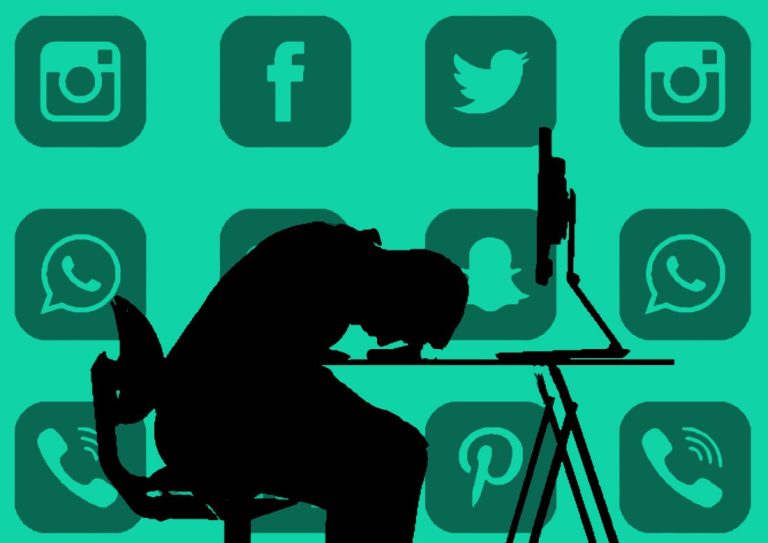According to Fivable, computing innovation refers to “the creation and development of new technologies, systems, or applications” that revolutionize daily computer usage. Artificial Intelligence (AI), for instance, develops algorithms and models that enable machines to learn and solve complex problems like humans or beyond. Similarly, theInternet of Things (IoT) allows a network of physical devices to collect and exchange data over the internet, commonly seen in communication devices such as smart home systems and wearable technology. Furthermore, virtual reality(VR) simulates a realistic three-dimensional environment, granting users a highly immersive experience in the virtual world. Undoubtedly, computing innovation profoundly enhances modern life by improving efficiency, convenience, and entertainment.
However, alongside these advancements, computing innovation can also lead to unintended consequences beyond their original purpose. One major concern is the increased risk of privacy exposure — technologies like facial recognition can be abused for unchecked surveillance,while breaches in cloud data could expose personal privacy on a massive scale. Another issue is algorithmic bias in AI, where errors during data training can lead to misprioritization of certain groups, exacerbating social inequalities. Perhaps the most pervasive unintended consequence stems from social media algorithms, which prioritize content based on personal engagement metrics to maximize revenue(Suh). This mechanism often results in the polarization of perspectives and the reinforcement of one-sided viewpoints.
Given that social media is estimated to consume 145 minutes of daily screen time for the 4.9 billion users worldwide, its impact on mental health and social life is profound (Wong). An online study conducted on Chinese representatives during COVID-19 revealed that 41.2% of the participants experienced anxiety, depression, or both after frequent exposure to social networks (Zubair et al). An expert from Yale Medicine, Katella, attributes this link between social networking and mental symptoms to the overstimulation of social media on brains’ reward centers, which trigger pathways akin to addiction.
Furthermore, researchers found that social media platforms have become hotspots for cyberbullying, with 44% of all internet users in the U.S. reported online harassment in 2020 (Bounds). Unlike traditional bullying, cyberbullying is often impulsive rather than premeditated (Socialna), making it more prevalent. Through the internet, cyberbullies can spread their malice for a wider scope and longer time, at little cost and mild consequences. This pervasive reach and the lack of accountability amplify the suffering inflicted on victims, leading to increased levels of mental health crises.



